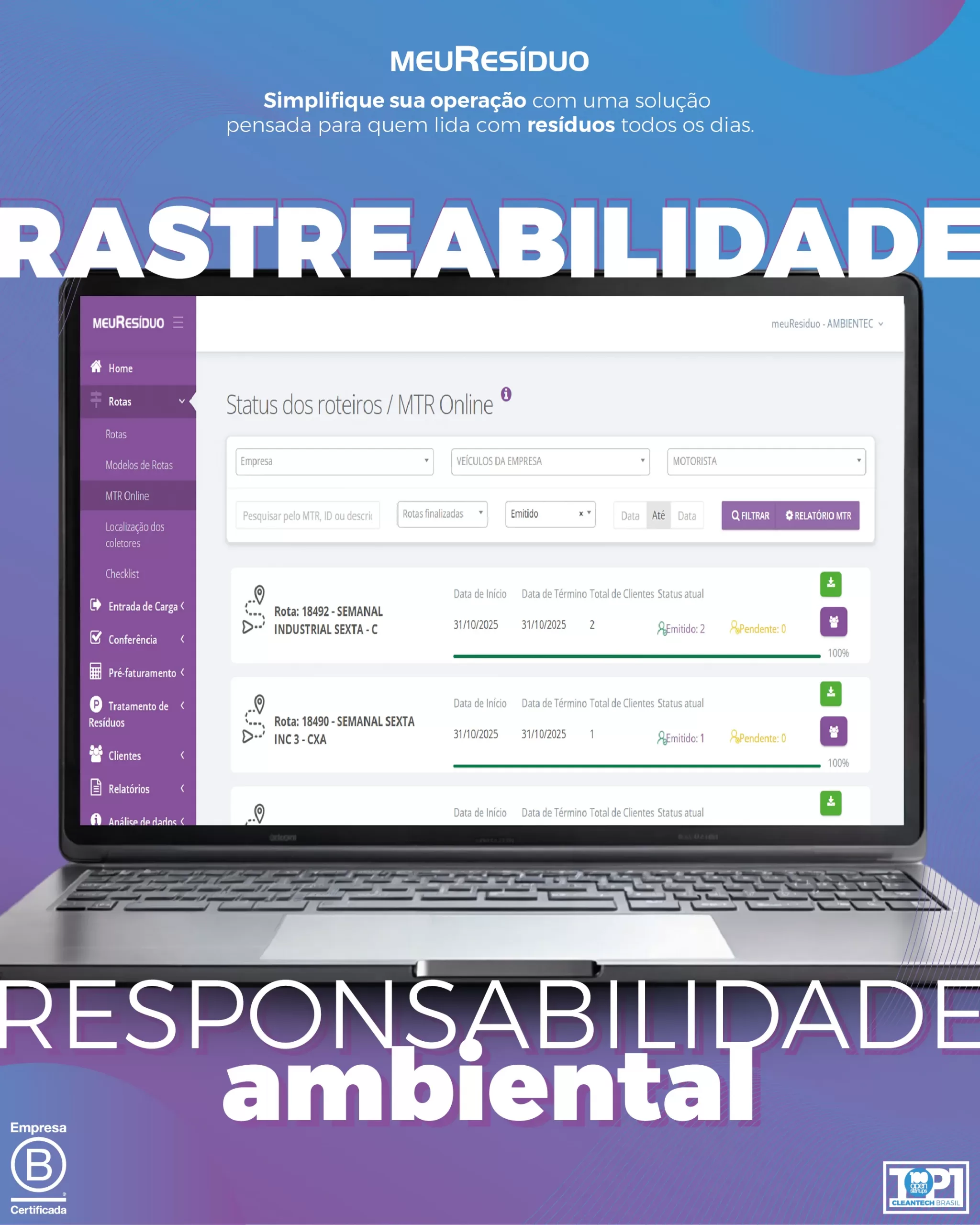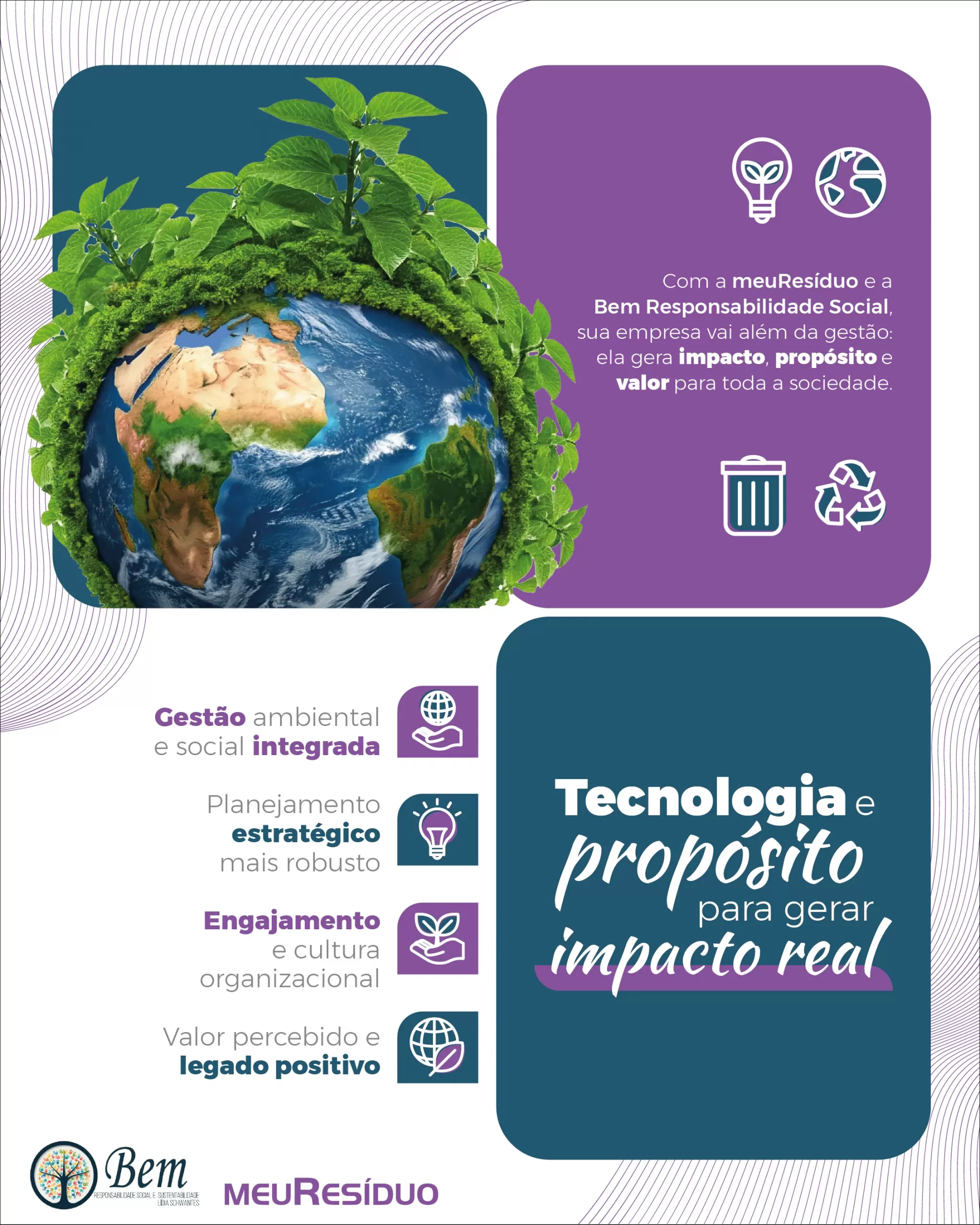Despite doing so much good on a person-to-person basis, PPE is unfortunately not the best for the world around us. Let’s explore how much of an impact the sudden influx of plastic has had on the environment.
PPE and coronavirus
Given the sudden and rapid nature of the original outbreak of COVID-19, it was perhaps no surprise that the manufacturing of PPE struggled. Despite that, there were still billions of units produced across the world.
In the UK alone, the NHS was using PPE at an alarming rate, with as many as 748 million items used in hospitals in just a 53-day period at the beginning of the pandemic.
That equated to 14 million pieces of equipment needing to be thrown away on a daily basis.
When broken down further, the numbers showed:
Face mask
132 million
masks being used
Apron
145 million
aprons worn
Gown
1.2 million
gowns worn
Gloves
470 million
gloves worn
In order to accommodate this sudden influx of PPE, the government was forced to enact a series of measures which would speed up the process of getting equipment where it was needed most – into hospitals and healthcare centres. These included moves like:
Allowing the Health and Safety Executive (HSE) and local authorities to fast track product safety assessment processes
Letting PPE that lacked a European CE safety mark on the market (as long as they still met essential safety requirements)
Ordering a public call for any companies who could provide PPE as part of their day-to-day work
Source: MAG Online Library
And while these drastic measures were useful in helping to fight the spread of the virus, the impact on the world around us was definitely not at the forefront of our minds.
By the end of 2020, in England alone a whopping 6.76bn items of PPE had been distributed.
This was up by nearly three times the usual figure, which sat at 2.43bn in 2019. But where is all this excess PPE going once it’s no longer usable?
Short-term PPE damage to the environment
The sudden influx of so much PPE unsurprisingly had a huge impact on nature across the world. With people unprepared for the management of this scale of plastic, drastic increases in the amount of waste in the natural world has been identified across the globe.
Wuhan, where the outbreak is believed to have started, experienced as much as a 370% rise in the amount of medical waste being produced.
The Spanish region of Catalonia showed similar figures, with an increase of 350% by the end of April 2020 alone.
In just one day (February 24 2020), Wuhan was able to tear through as much as 200 tonnes of medical waste.
That number accounted for nearly four times as much as the city’s only facility capable of disposing of such waste. These excess levels of wastage are far from an isolated issue. Jordan’s King Abdullah University Hospital (KAUH) highlighted how the amount of PPE being thrown away continued to steadily rise at the height of the pandemic. Their numbers showed:
Looking closer to home, it’s really easy to see how this excess wastage translates. British beaches were one of the hardest hit areas. In November of 2020 up to a third of them were littered with discarded PPE.
While the regular offenders like plastic bottles and other types of drinks containers were found in abundance:
Source To Sea Litter Quest found that as much as 69% of all discarded waste found on British beaches was in fact some kind of PPE.
With figures the world over emphasising the potential damage to the world around us, it will only be in the coming years that we truly discover just how harmful this influx has been.
Long-term PPE damage on the environment
Given how much plastic and other non-degradable materials have found their way into the environment, there are bound to be a variety of long-term issues which we’ll have to come to terms with over the next few years.
With no clear end in sight for the regular wearing of face masks, the UK could experience an onslaught of medical wastage the likes of which it would never have dealt with before.
It is estimated that if every person wears a single-use face mask every day for a year, as much as 66,000 tonnes of unrecyclable plastic waste could be thrown away.
On a top-level, this would have drastic long-term impacts on a number of environmental factors, such as:
On a top-level, this would have drastic long-term impacts on a number of environmental factors, such as:
Marine ecosystems
Damage to marine ecosystems
On-land Ecosystems
Damage to natural on-land ecosystems
Pollution of natural resources
Contamination and pollution of natural resources
Wildlife
Ingestion of wastage by wildlife
When looking at the potential damage more closely, the following issues are likely to prove an ongoing concern to people and wildlife everywhere:
Degradation into rivers and sediment
The polymers and polyethylene plastics which are commonly used in the creation of PPE often degrade into smaller pieces of microplastic. These will commonly enter and contaminate rivers and oceans, while also posing a threat to sediment levels on farmyards and other industrial landscapes.
Sewage systems blocked
This can be a particular problem in developing countries, who experience from crowding and overpopulation in their larger cities and towns. This is a common side effect of plastic waste of any kind being littered in open terrestrial (on land) or aquatic environments of any kind.
A threat to biodiversity
Any excess wastage in a natural environment always runs the risk of being ingested or caught up on wildlife. This is not just an issue with larger items, but can also become a factor when micro and nano-sized particles are ingested. These are able to cause internal abrasions and even blockages.
Breeding grounds for some diseases
In an ironic twist, lingering PPE could even serve as the perfect hosting ground for the creation and spread of further disease. Zoonotic diseases are often spread in this way – which can, over time, mutate and begin to harm humans as well as animals.
The world was already in the midst of a pollution crisis before the outbreak of COVID-19.
As much as five trillion pieces of plastic debris were estimated to be found in the world’s oceans, while anywhere from 4.8-12.7m tonnes of plastic waste entered the marine environment as far back as 2010.
Given what has been a rapid increase in the amount of PPE suddenly hitting the global ecosystem, it’s likely the environmental impact of coronavirus will be felt for decades to come.
While every continent has contributed to PPE use and wastage in some way, there has definitely been some more responsible for the plastic influx than others. And whether you agree with the extra levels of caution, or cast a discerning eye over the amount of plastic being used in production, it’s hard to overlook Asia as the primary force in PPE usage.
Asia is miles ahead of the rest of the world when it comes to the amount of face masks used on a daily basis, with an estimated 1.86bn masks used across the continent on a daily basis. This is more than four times as many as any other region of the globe, with the numbers showing:
Source: Science Direct
It’s perhaps no surprise then that the 10 countries generating the highest levels of waste are primarily made up of nations from within Asia. The same study estimated the following figures for daily national face mask wastage:
But while it would be easy to point the finger at these countries, it’s also important to remember that population size also plays a huge role in levels of pollutant wastage. In fact, when it comes to the chief source of plastic waste in proportion to population, of the countries listed here only the USA, Brazil and Russia feature again.
The numbers showed the citizens which produced the most global waste across the world to be:
Source: The Guardian
It’s important to remember that it’s not a bad thing to be using PPE – in fact, quite the opposite. What matters is what we’re doing as a global society to ensure that we efficiently and safely dispose of it after we’re done protecting ourselves.
Wider plastic waste and the pandemic
While PPE has been at the forefront of this sudden rise in waste, it’s not the only cause for concern. A variety of factors have combined to cause major fluctuations across the market as a whole.
The sudden need for single-use PPE, takeaway dishes for curbside pickups, bubble wrap for the transportation of online shopping and numerous other COVID-related factors has directly resulted in a surge in plastic production.
This has directly contributed to a price war between recyclable plastic and “new plastic” – the latter of which is far more damaging for the environment, but also anywhere from 83-93% cheaper to produce
Unsurprisingly, it’s this material which most companies have turned to in order to meet these exceptionally high pandemic-driven demands. A recent report found that a rise in new plastic usage has seen recycling rates drastically drop the world over.
They found that the sudden influx of single-use new plastic resulted in far fewer materials being recycled, with the numbers showing:
Down Arrow
60%
drop in the United States
Down Arrow
50%
drop in Asia
Down Arrow
20%
drop in Europe
In even more damning news, the oil industry has pledged as much as $400 billion to the production of new plastic, but just $2 billion (just 0.5% of that figure) to reducing the amount of plastic waste across the world.
Meanwhile, the UN Environment Programme looked into the areas where they feel this new plastic waste is likely to increase as a result of the pandemic. Heading forwards, they predict the following surges in different sectors:
Household & Leisure4%
Agricultrure3%
Electronics6%
Automotive industry10%
Medical Waste17%
Building & Construction20%
Packaging40%
And numbers are startling all across the world. Plastic packaging has seen a huge increase in Thailand, shooting up by 15% from 5,500 tonnes of production a day to 6,300. This has largely been as a result of a rise in the demand for food to be delivered door-to-door.
Elsewhere, in the tiny nation of Singapore, in just a two-month circuit-breaker period a whopping 1,334 tonnes of plastic waste was generated. This was again a result of takeaway meals.
The problem for governments across the world has been the sudden and unpredictable nature of the pandemic’s impact. In Wales, for example, initial plans had been for there to be zero waste in landfills by 2050, with as much as 70% of all rubbish being recycled.
Unfortunately, the pandemic resulted in the pausing of some schemes which were focused around sustainability. One of the most infamous examples came when Starbucks banned reusable cups to help stop the spread of the virus.
With up to 2.5 billion coffee cups being thrown away each year before the pandemic, those numbers could be even more extreme after coronavirus.




